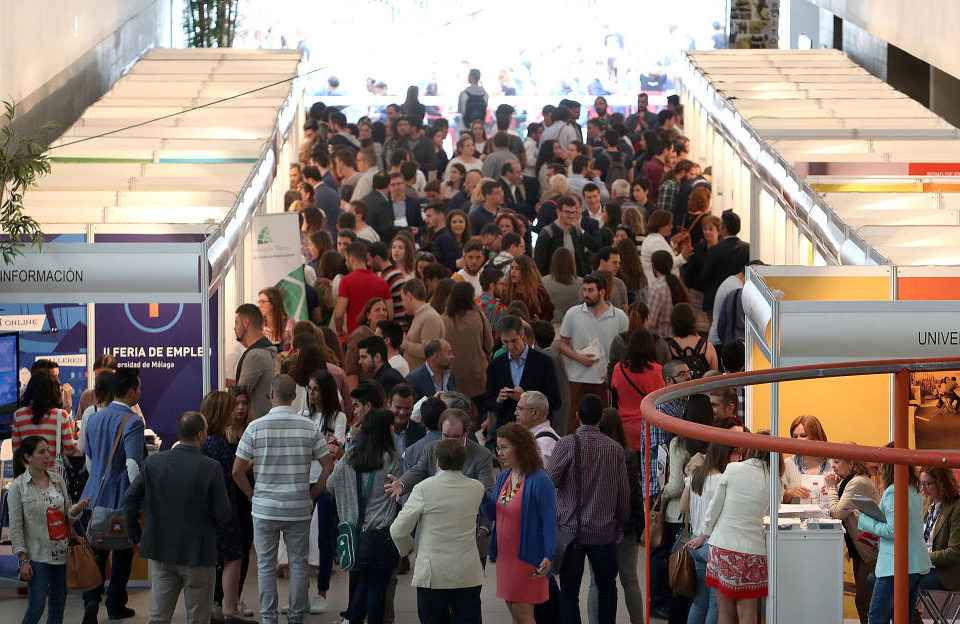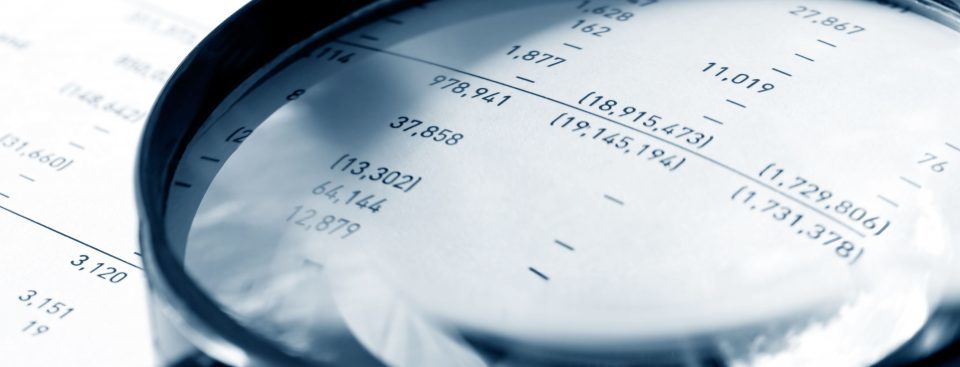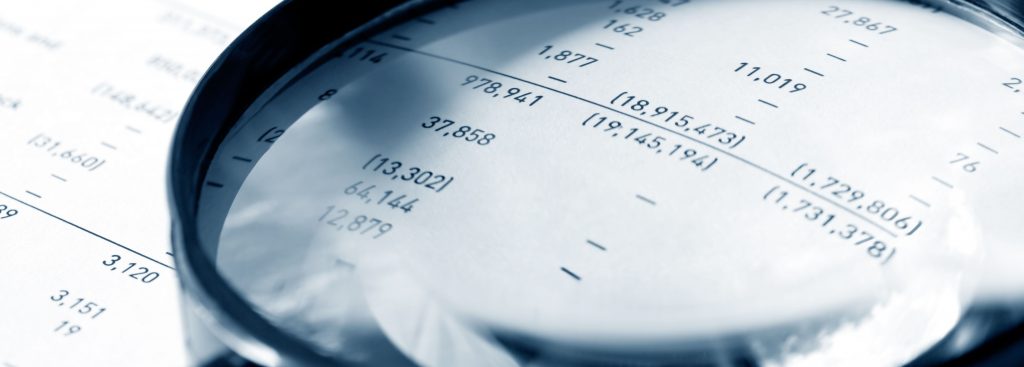
Control and Transparency of the Public Sector
septiembre 10, 2018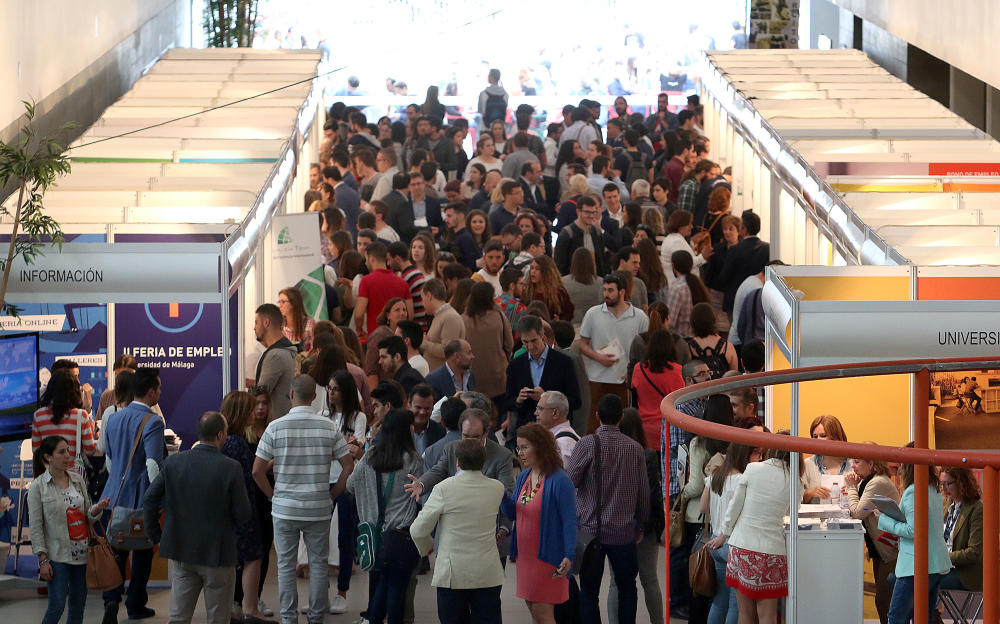
II Employment Fair of the University of Málaga
septiembre 10, 2018The development of any economic activity entails the payment of the corresponding taxes. Some of them are known to be paid in a specific way, such as: income tax, corporation tax, VAT, real estate tax, etc. In addition to these, another series of lesser-known taxes are paid, since they are within the price, the amount of which in some cases may be significant. One of them is the tax on electricity.
The tax on electricity is 5.1127% on the cost of supply, affecting both the consumption and the power and is included in the price of supply. VAT is also applied on it.
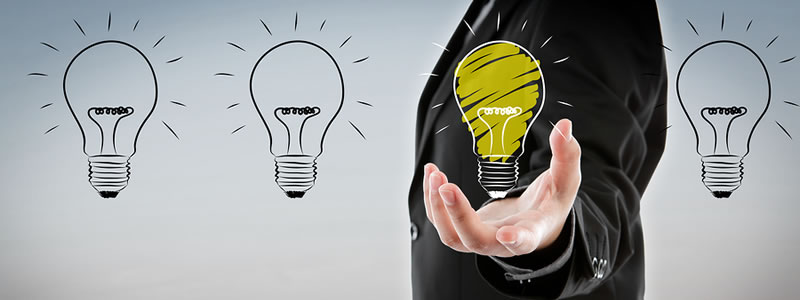
If a company has an electric bill of 1.000 € per month, including VAT, it would have the following breakdown annually:
- The Value Added Tax would mean an amount of 2.083 €, which can be deducted if applicable.
- The cost of the electricity supply would be 9.435 €.
- The tax on electricity paid would be 482 €.
The amount for this assumption is not important, however, there is a series of activities where electricity consumption is high and plays an important role within the total costs.
EXEMPTIONS ON THE ELECTRICITY TAX
Like most taxes, the electricity tax also has its exemptions, which are designed not to undermine competitiveness in those productive processes in which electricity is a significant part of its cost. Therefore, the exemptions are directed to certain productive activities, among others:
- Chemical reduction and electrolytic processes.
- Metallurgical processes: production, processing of metal parts, press, forging, boiler making, etc.
- Agricultural irrigation.
- Industrial activities where electricity represents at least 5% of the net amount of turnover.
For the purposes of this last point, the price of electricity is the cost of the supply not including VAT.
Therefore, we are facing clear assumptions and exemption objectives, if this is the case, there is no reason to initiate the procedures. In addition, the electric companies will have no problem in helping us in the process, because although the tax is borne by the electricity consumer, it is paid by the electric distribution company.
REQUEST FOR EXEMPTION
To benefit of this exemption, it is necessary to request it from the Office of the Special Taxation Office corresponding to the applicant, or at the electronic office of the State Agency for Tax Administration in the following route: www.aeat.es / Electronic Office / Procedures services and procedures / census, NIF and fiscal address / Special Tax Census / II.EE. Registration in the II.EE census / Submit application or communication.
Application must contain:
- Data of the applicant, it is advisable to put a contact number.
- Place where the activity, for which the exemption is requested, is carried out. With details of said activity and, where appropriate, registration in the corresponding IAE.
- Indication of CUPS (Universal Code of Supply Point), this data can be obtained from the electricity bill.
- An exempt consumption forecast. The MW / h consumed the previous year can be used as a base and add a 10-15% margin.
- Site map, list of activities developed, etc.
- Descriptive report of the destination of the intended consumption. (It could be the case that only part of the activity was entitled to the exemption).
After evaluating the documentation, if appropriate, the agency will give authorization to that exemption and issue a document called Registration Card.
The only remain thing is to send the Registration Card to the company that supplies the electricity in order to apply the exemption on the invoices.
In case of having underestimated the consumption, the Tax Agency can be requested to authorize the exemption for a greater consumption, justifying it properly.
For more information you can contact José Brel Pedreño by phone 968 528 191, or by email jbrel@gapauditores.com

